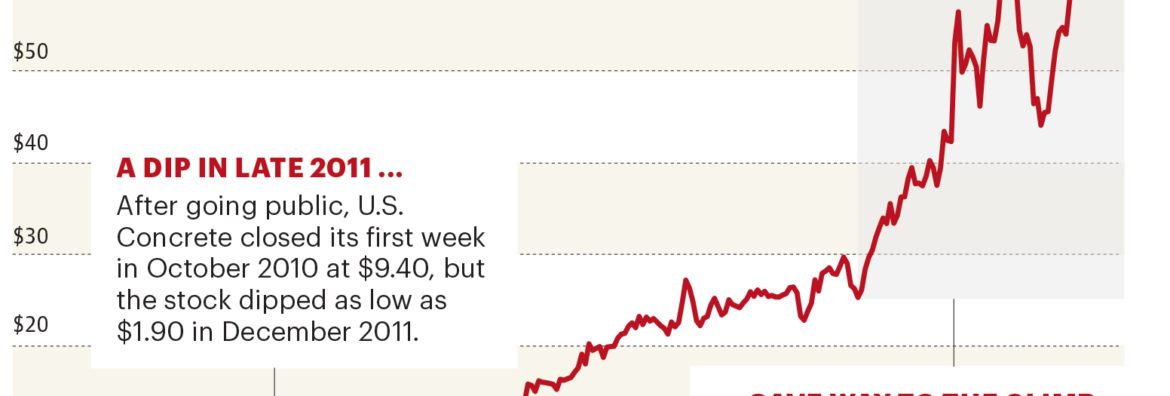When Bill Sandbrook took over as CEO of U.S. Concrete (NASDAQ CM: USCR) in 2011, he stepped into an organization that was hobbling out of bankruptcy and struggling to turn itself around. What he didn’t realize was just how precarious the situation really was.
A graduate of the U.S. Military Academy at West Point, Sandbrook got his start as a leader in the cavalry, serving 13 years before leaving the service in 1992 to take a job with a building materials company.










